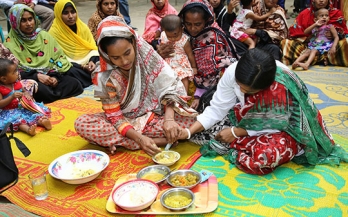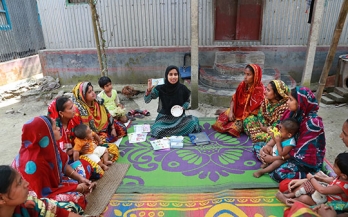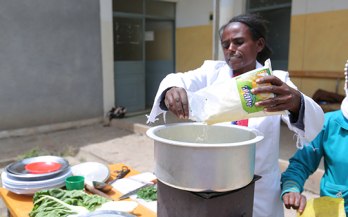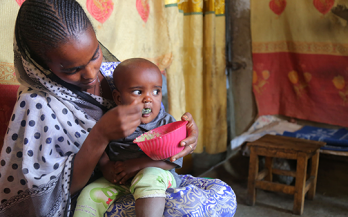The objective of this chapter is to describe and discuss the latest advances related to the composition and delivery of fortified complementary foods products, including home and commercial fortification.
This paper focuses on how micronutrient powder interventions undertook key elements of programme improvement, specifically, the use of programme theory, monitoring, process evaluation, and supportive supervision. Methods included a review of published and grey literature, interviews with key informants, and deliberations throughout the consultation process.
This paper focuses on programmatic experiences related to micronutrient powders delivery, social and behaviour change communication, and training. Methods included a review of published and grey literature, interviews with key informants, and deliberations throughout the consultation process.
The objectives of this study were to identify and summarize the most recent micronutrient powders (MNP) programme experiences and lessons learned for operationalizing MNP for young children and prioritize an implementation research agenda.
The state of Gujarat had introduced Extruded Fortified Blended Food as take-home ration for children 6–35 months of age. The study aimed to understand awareness, availability, and consumption pattern of Balbhog.
The efficacy of a number of interventions that include fortified complementary foods (FCFs) or other products to improve infant and young child feeding (IYCF) is well established. This article reviews key findings from 11 coverage surveys of IYCF programs distributing or selling FCFs or micronutrient powders in 5 countries.
The purpose of this study aimed to assess existing coverage and utilization of micronutrient powders (MNPs), fortified staples, and iodized salt among children aged 6 to 23 months prior to implementation of an MNP program.
The objective of this study was to formulate age- and context-specific complementary feeding recommendations (CFR) for infants and young children and to compare the potential of filling population-level nutrient gaps using common sets of CFR across age groups.
Several types of interventions can be used to improve nutrient intake adequacy in infant and young child diets, including fortified foods, home fortification, nutrition education and behaviour change communication in addition to agricultural and market‐based strategies. The purpose of this study was to initiate a collaborative project in Kenya to improve the nutritional adequacy of foods consumed by infants and young children.
The question whether diets composed of local foods can meet recommended nutrient intakes in children aged 6 to 23 months living in low- and middle-income countries is contested.










